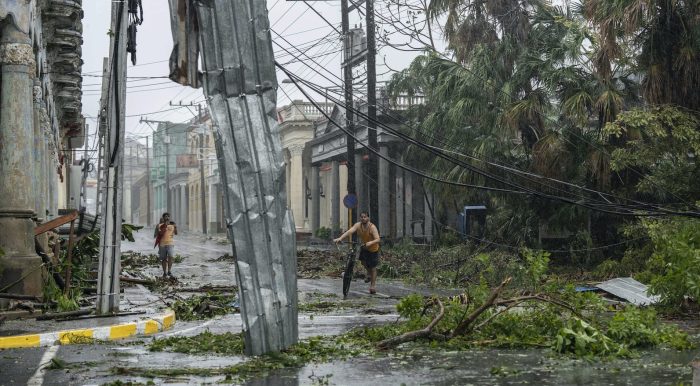
How Hurricane Ian Has Had A Negative Impact On The Environment In Fort Myers, Florida
Hurricane Ian’s effects in Florida remained days after the sky cleared and the winds slowed down. People faced another week without electricity, while others were rescued from houses that were still flooded. It destroyed wind and rainstorm intensity, crushed storm surge, and left a path of destruction from the southwest coast to the corridor.
Ian is the fifth-strongest storm ever hit the United States, destroyed or submerged numerous houses and businesses and left almost 2.7 million people without electricity. Let us find out how hurricane Ian had a negative impact on the environment in Fort Myers, Florida:
Infectious and Vector-Borne diseases
Health professionals may be worried about spreading infectious illnesses following a significant storm when water and power are unavailable. However, according to scientists, it’s unlikely that rare diseases will spread in a region even after a storm.
According to Brian Labus, PhD, assistant professor at the University of Nevada Las Vegas School of Public Health, there is a misconception that fresh infectious disease waves impact the populace after the flood levels recede. Flooding can enhance mosquito populations by supplying more stagnant water for breeding. The spread of infections like the West Nile virus that are typically present in the area might be impacted by hurricane Ian.
Destroyed Fort Myers Beach
Hurricane Ian made landfall barely 22 miles to the north, causing significant damage to this island on the southwest coast of Florida. Beaches were covered in trash, boats washed up on the strand, and some structures just disappeared. Floodwaters swept away and dumped smaller systems elsewhere. While several systems were still intact, their first floors were utterly devastated.
The Times selected over 400 houses that were clearly demolished or seriously damaged after reviewing images and videos from the island’s northern part. The damage mentioned above is only a tiny portion of the devastation caused by the hurricane throughout Fort Myers Beach and the central Florida coast, which Hurricane Ian tore apart. But it offers a glimpse into the storm’s terrifying might.
Water Contamination
Authorities issued a boil water order numerous times when Hurricane Ian reached Fort Myers, Florida. Street run-offs, agricultural run-offs, sewage overflows, wastewater treatment facility floods, and other sources of contamination are all possible.
Toxic substances may also be present in contaminated water. Increased amounts of chemicals, industrial solvents, metals, lead and arsenic, and pesticides can be found in stormwater due to spills from industrial facilities, probable leaks from gas tanks, and agricultural runoffs.
Breathing Concerns
Mould is allowed to grow in wet areas as floodwater recedes; its spores and poisons can cause long-term health problems. Mould may form anywhere and expand in only 24 to 48 hours, with basements, crawl spaces, attics, windows, and doors being hotspots. Mould spore inhalation can have varying effects on individuals. While one individual could occasionally get a headache and a runny nose, another can get 15 symptoms and an autoimmune disorder.
The Destruction Affects Everyone
Hurricanes negatively affect our bodily and emotional health, and they can even result in problems like electrocution, infectious infections, and depression. The destruction caused by hurricanes affects those who already have health issues and foster new ailments. Chronic illnesses and recent injuries are no longer under control. While torrential rain continued to pose a risk of flooding, the storm swiftly lost strength as it ploughed into the Florida peninsula’s gulf side, and the wind speed soon decreased. But Fort Myers, in particular, will continue to weigh the price.